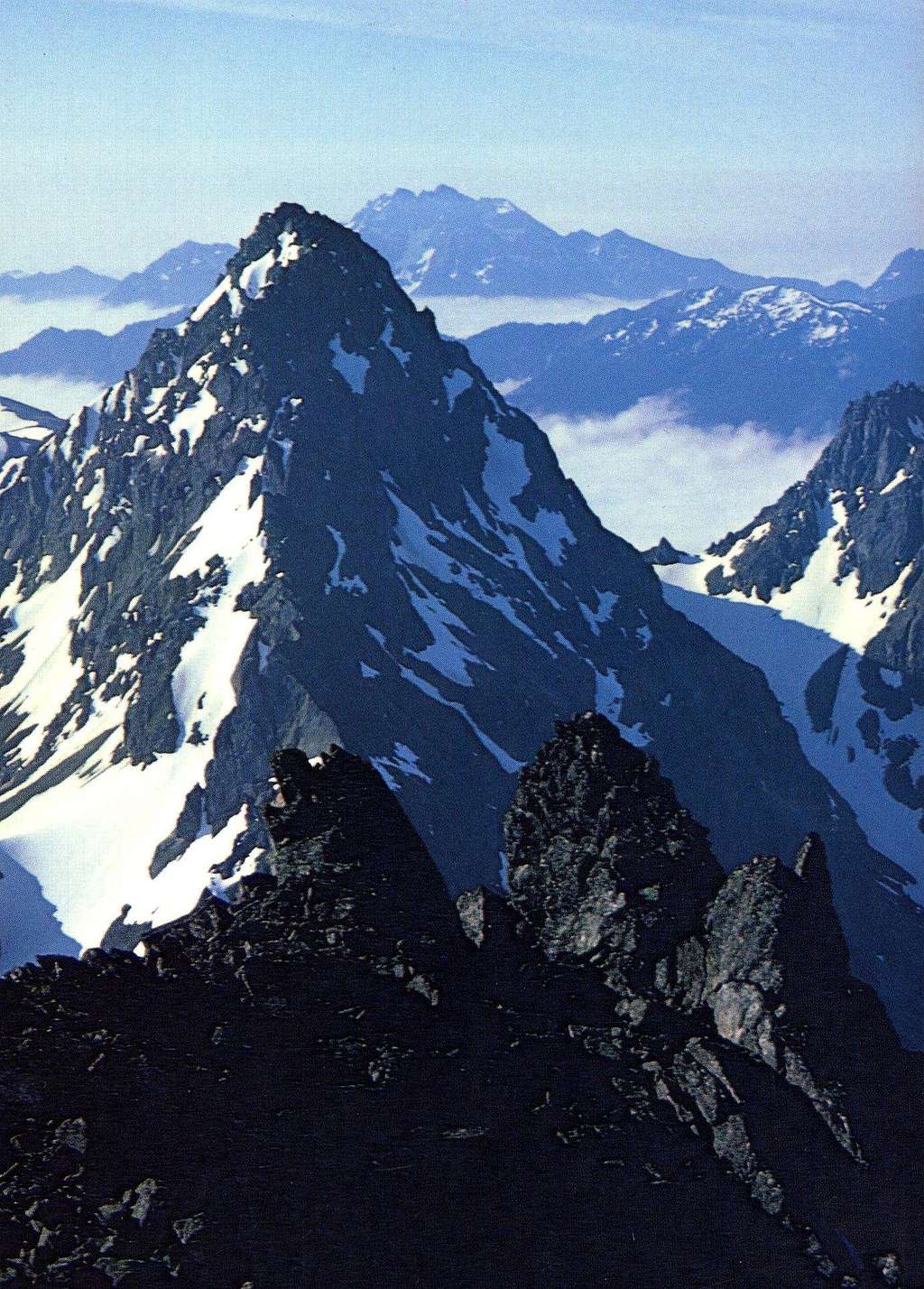lcarreau - Jul 22, 2008 10:36 am - Hasn't voted
Re: Good Information...Thanks, what a view!! The Brothers look so
close! A person could easily spend an entire
lifetime on the Olympic Peninsula, exploring
the hundreds of peaks, basins, lakes and rivers.
This photo comes courtesy of Olympic Mountain
Rescue and The Mountaineers.
tleaf - Jul 22, 2008 3:20 pm - Voted 10/10
This is oneof my favorite pics from the Climber's Guide! Are you missing the NW, Larry?
Cheers.
lcarreau - Jul 22, 2008 3:26 pm - Hasn't voted
Re: This is oneI'm missing it more than words can say. My
grandmother was born there, as well as BOTH my
parents.
I'm still trying to CLONE myself! :)
Diveria - Jul 29, 2008 4:01 am - Voted 10/10
Fascinating...from your description it looks like the limiting height for perennial glaciers is quitely lower then here on the Alps.
The names of these peaks give a somehow perturbing feeling.
lcarreau - Jul 29, 2008 12:01 pm - Hasn't voted
Re: Fascinating...Greetings from Arizona, Marco! Yes, the names
are somewhat perturbing. Because many of the
highest and most challenging peaks in the
Washington 'Olympics' remained virgin for so
long, many of them received interesting names.
With less than 50 peaks in the range
exceeding 7,000 feet (2135 meters) in elevation, HALF of these were still UNCLIMBED in 1940, one-quarter remained in 1950, and a few had not yet been climbed in 1960.
Very unique names for such a beautiful area!
For example, The Bandersnatch is a
150-ft. high spire east of the north ridge
of Mount Stone, otherwise known as
Jabberwocky Ridge.
That's my story, and I'm stickin' to it.








Comments
Post a Comment